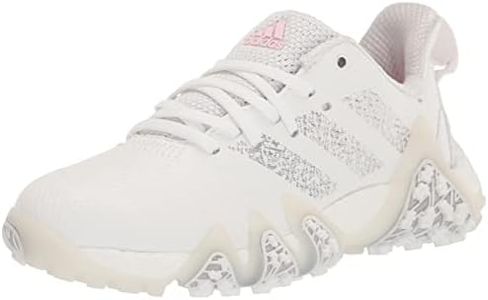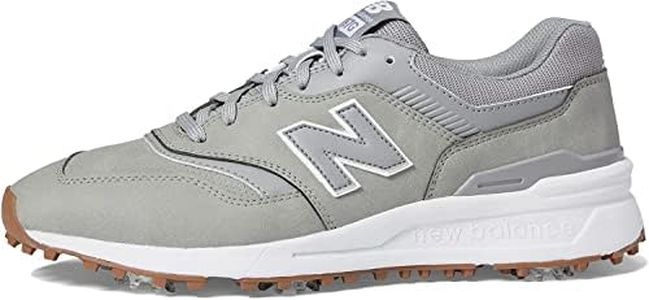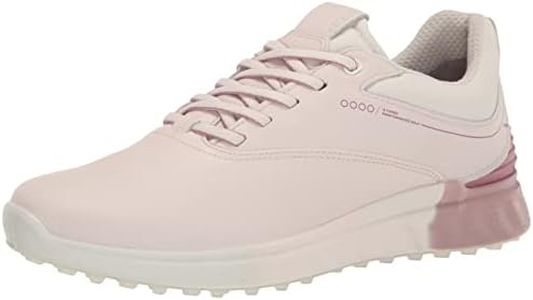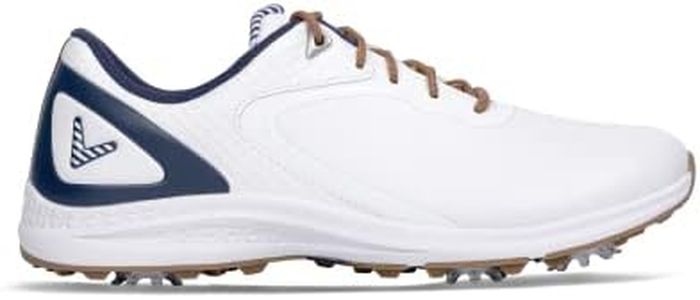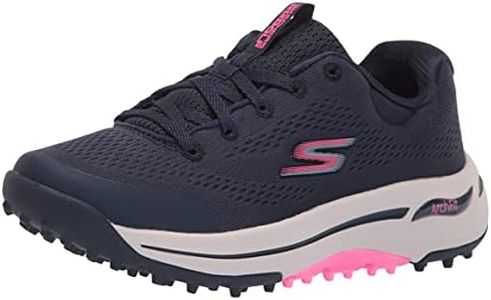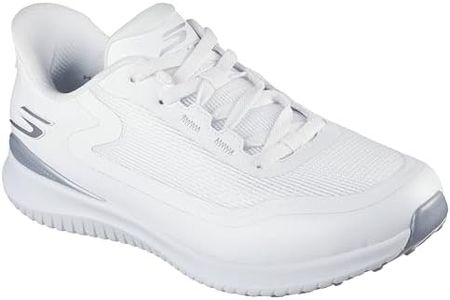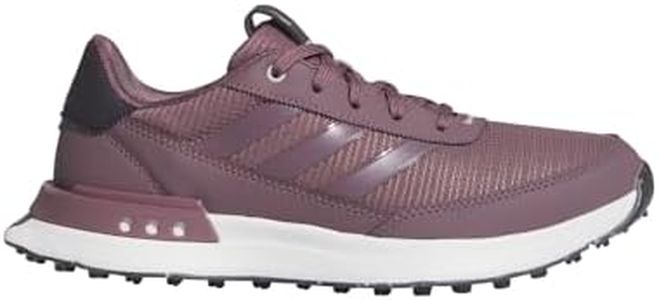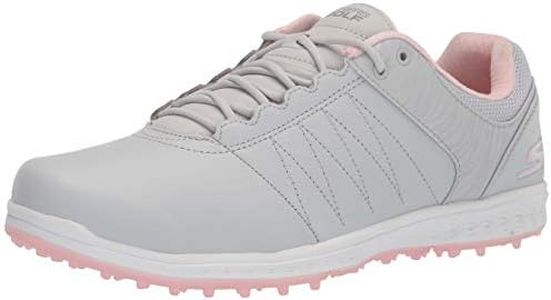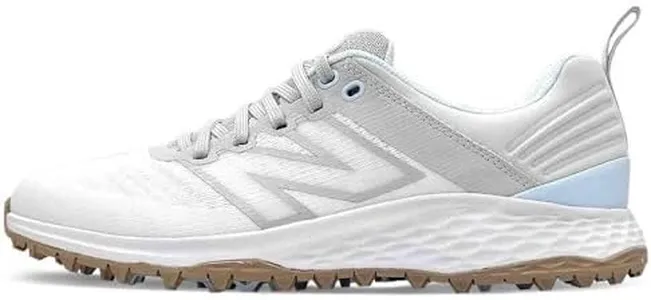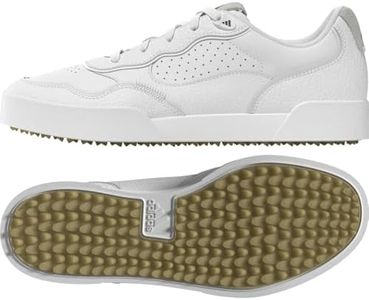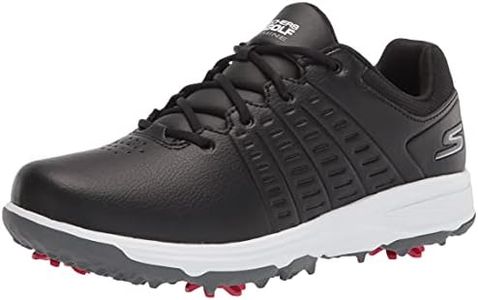We Use CookiesWe use cookies to enhance the security, performance,
functionality and for analytical and promotional activities. By continuing to browse this site you
are agreeing to our privacy policy
10 Best Women's Golf Shoes
From leading brands and best sellers available on the web.Buying Guide for the Best Women's Golf Shoes
Shopping for women's golf shoes can make a big difference in your comfort, stability, and performance on the course. The right pair should provide support during long rounds, keep your feet comfortable, and help you play your best. As you compare different options, it's helpful to understand which features matter most and how they relate to your personal preferences and playing style. Picking the best golf shoes is all about matching their qualities to what you need, whether you value comfort, style, or specific playing conditions.Fit and ComfortFit and comfort refer to how the shoe feels on your foot, including if it allows for natural movement and offers cushioning. This is crucial because golf involves plenty of walking, sometimes on uneven ground, and an uncomfortable shoe can quickly make your round unpleasant. Shoes may be narrow, wide, or standard in fit, and may have more or less padding. For a great fit, try on shoes at the end of the day when your feet are most likely swollen, and consider if you wear socks while golfing. Prioritize comfort if you often play long rounds or have sensitive feet.
Traction (Spiked vs. Spikeless)Traction describes how well the shoe grips the ground. This is key for stability, especially in wet or hilly conditions. Golf shoes come in two main types: spiked, which have replaceable cleats for maximum grip, and spikeless, which use a patterned sole for traction. Spiked shoes generally provide superior grip but may feel heavier; spikeless are usually lighter and more versatile but can lose traction on slippery turf. If you play on damp courses or need strong grip, spiked shoes may suit you. For casual players or those walking a lot, spikeless can be a more comfortable, day-to-day choice.
WaterproofingWaterproofing is the shoe's ability to keep your feet dry in wet grass or rain. This can range from fully waterproof to just water-resistant, or not at all. Fully waterproof shoes have special materials or treatments and are best if you play in rainy or dewy conditions often. Water-resistant shoes offer some protection but may let moisture in over several hours. If you golf in dry or warm climates, less waterproofing may be fine. Choose a higher level if you want peace of mind regardless of the weather.
BreathabilityBreathability refers to how well the shoe allows air to circulate, helping keep feet cool and dry. Shoes made with mesh or special fabrics tend to be more breathable, which is important during hot weather or long walks. Highly breathable shoes can sometimes be less waterproof, so there's a trade-off. If you usually play in hot climates or tend to get sweaty feet, prioritize shoes with good ventilation.
Support and StabilitySupport and stability relate to how well the shoe holds your foot steady during your swing and while walking. Features that influence this include the structure of the sole, heel cup, and overall design. Shoes with more support are better for players with foot or ankle issues, or if you want extra confidence in your stance. Lighter shoes may offer less stability but can be easier to walk with. Decide how much support you need based on your swing style and comfort when walking.
Style and AppearanceThe style or appearance of the golf shoe involves its design, color, and overall look. This matters both for personal satisfaction and, in some clubs, adherence to dress codes. Some prefer classic looks, while others go for bold colors or sporty designs. Your choice here should align with your taste and any course requirements, letting you feel comfortable and confident.
